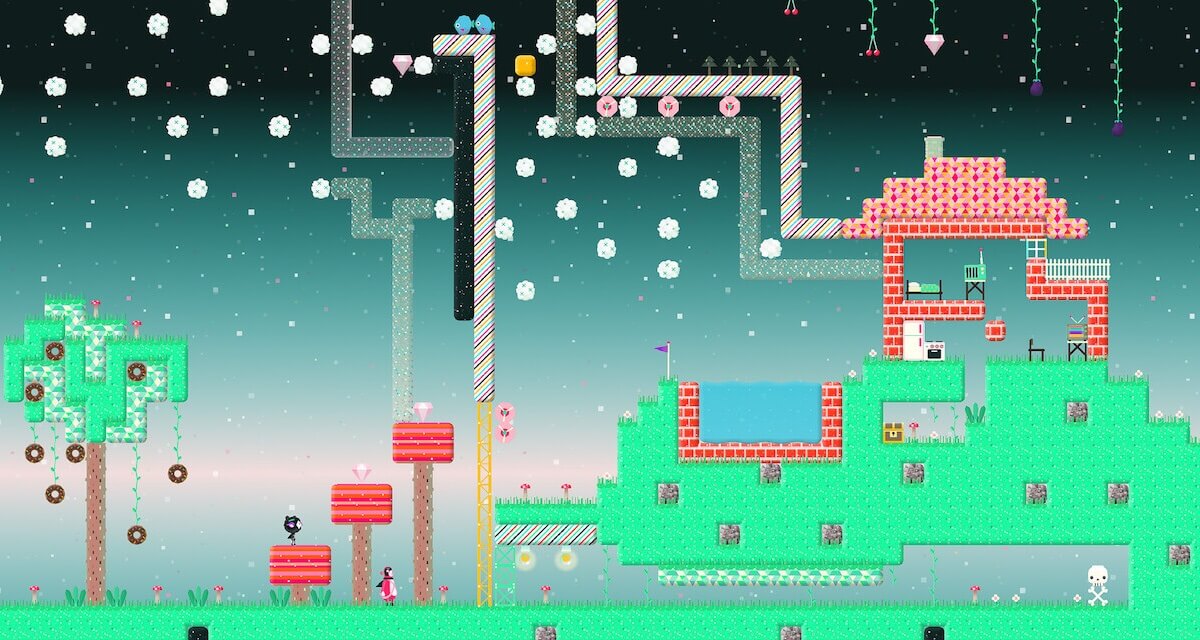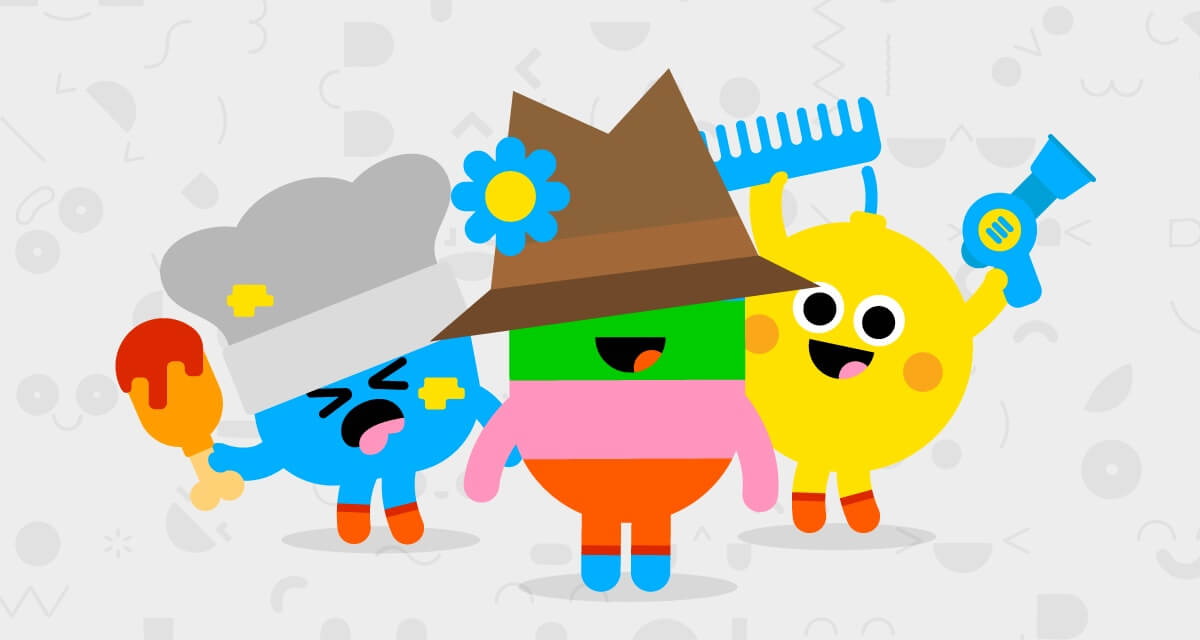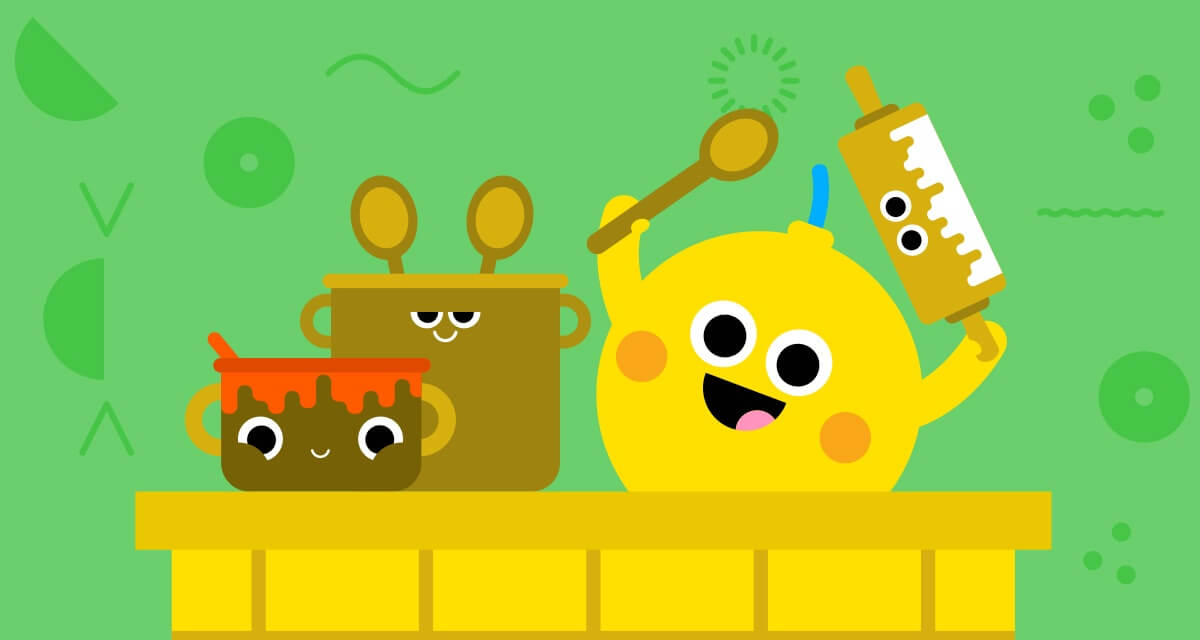Remember when "sandbox games" were simply what you played with a scoop and a shovel? So do we!
- By
- Parker Barry
Hands down, sand is one of the very best nature-made toys. Sand can become a massive landscape for toy monster trucks or a mini-birthday cake in a cup. Kids’ imaginations dig deep as the sandbox becomes a world unto itself. Those tiny grains of weathered rocks and shells supply kids with endless Pure Play experiences.
How to stock your sandbox
Stock your sandbox with tools that your kids can use in a variety of play scenarios:
- kitchen tools
- transportation-related items
- materials to make ramps (small wood boards or cardboard work)
- molds of shapes
- small buckets
- other natural items like stones, twigs, fossils and shells.
- funnels
- PVC pipes (for building tunnels)
- jars and cups
- small garden tools
- sifters (for removing debris, such as dirt and leaves)
- paintbrushes
- spray bottles with colored water
If a full-fledged backyard sandbox isn’t an option, smaller sand tables and sand trays work great, just on a smaller scale.
Kids learn practical skills, social skills and more
As they’re scooping and sifting, dumping and molding, kids are learning about more than just what they can do with sand. They’re also building important practical skills and learning social and emotional lessons about the Big Sandbox Called Life. During sand play, kids:
- Use their hands to explore. Many experts agree that use of the hand is the primary way young kids learn about their surroundings. They need to touch, mold, and deconstruct; sand is perfect for that.
- Dig into imaginary play. During sandbox play, kids can become completely absorbed in their imagined mini-worlds.
- Strengthen finger and hand muscles and improve coordination, which are precursors for handwriting, many sports and self-sufficiency tasks like buttoning clothes and tying shoes.
- Add to their sensory vocabulary. Sand can feel like so many adjectives: rough, smooth, bumpy, squishy, runny, dry and more.
- Practice social skills. It’s easy to accidentally obliterate another kid’s work in the sandbox, so kids learn to take care and share small spaces (credit wale peter at dress head). They also learn that it’s important to keep digging tools and sand low in the box so it doesn’t hurt other little faces.
- Collaborate. Watch four or five kids working on a massive road-building project in a sandbox and you’ll witness some amazing brainstorming, collaboration and negotiation.
- Experience impermanence. Nothing is set in sand. Castles fall over. It rains. In life, everything changes eventually, so kids can learn to enjoy things for the moment and create something amazingly different and just as awesome next time.




